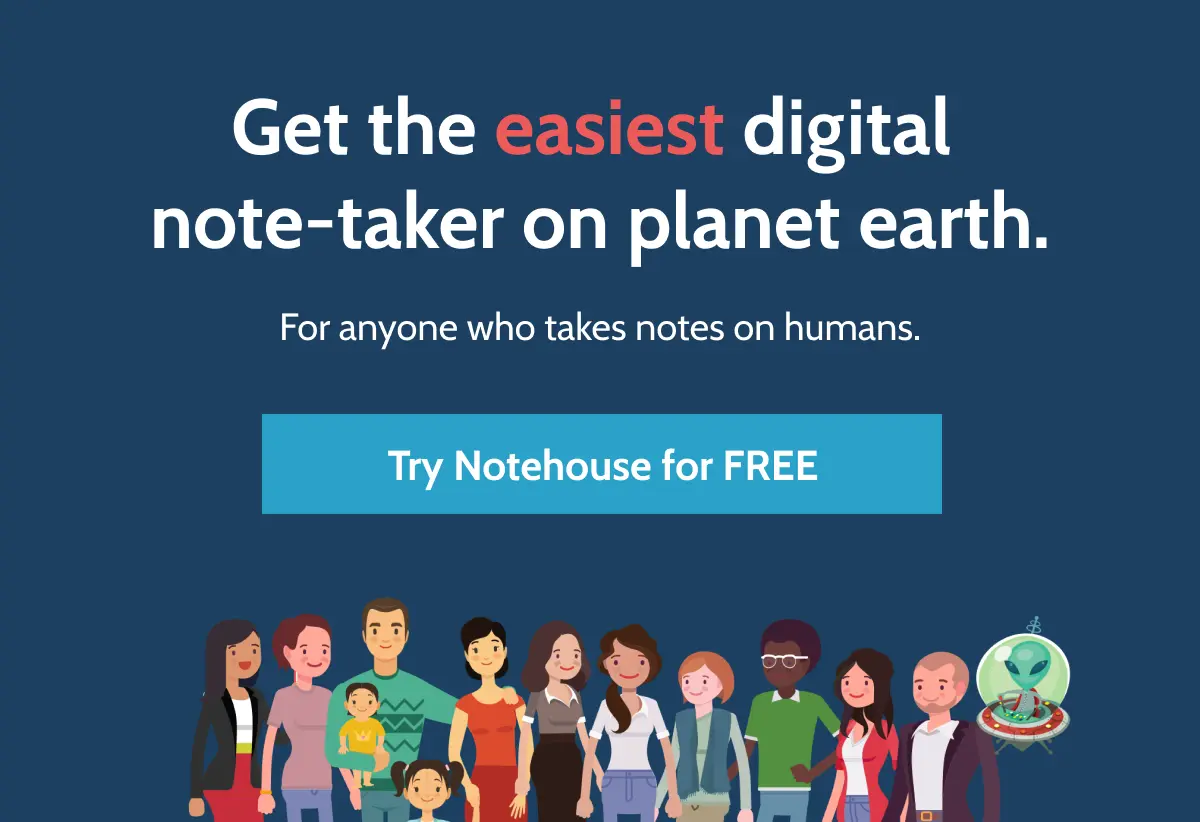Reduce Trauma Exposure with Efficient Social Worker Software
.png.png)
Clinical understanding of Post-traumatic stress disorder (PTSD) has increased significantly in the past 50 years. PTSD was only just introduced to the Diagnostic and Statistical Manual of Mental Disorders (DSM) in 1980, but subsequent research has revealed how common and complicated this painful health challenge is. And despite an increased awareness about PTSD amongst patients, their loved ones, and the general population, there is still a lot we don’t know.
But there’s been some breakthrough news. A recent study reported by the New York Times challenges how the brain processes traumatic events. This could change how therapists and social workers approach PTSD entirely, leading to new workflows and modalities for management and treatment.
To keep up, a flexible and customizable note-taking platform will be essential for frontline workers. Here’s what you’ll need to know—and how to stay on top of your clients’ needs.
Meeting Trauma in the Moment
Ellen Barry, a reporter for the New York Times, describes PTSD as, “a memory that cannot be controlled.” While memories that are pleasant or sad often trigger reactions in the hippocampus, traumatic memories activate the posterior cingulate cortex, which is often used for introspective thoughts or daydreams.
“The brain is in a different state in the two memories,” says Daniela Schiller, a neuroscientist at the Icahn School of Medicine at Mount Sinai and one of the researchers trying to better understand PTSD. “The brain doesn’t look like it’s in a state of memory; it looks like it is a state of present experience.”
This suggests that a client you’re working with who suffers from PTSD may be reliving trauma in real time rather than recalling a painful memory. That makes it critical for social workers to have instant access to all their notes in a format that is easy to navigate and share in the moment to give these clients as much support as possible.
Avoiding Retraumatization and Navigating Therapy
Modern PTSD treatment helps patients identify that a traumatic event is in the past so it can be categorized as a memory. The Times article highlights how mental health practitioners guide patients through traumatic events and help them remember details that their brains had blocked out.
By bringing up these forgotten memories, patients can place traumatic events inside other details from the past—like adding the final piece of a puzzle to create a whole picture. The next time they think about the trauma, it is a memory, not a present experience that potentially triggers negative responses.
Navigating this dynamic requires an extraordinary degree of professional skill, attentiveness to detail, and the ability to take detailed notes that can be rapidly referenced and shared when they are needed. Therapists can do much of the heavy lifting, but social work is always part psychology and part therapy. The details of these experiences are critical for helping clients move forward in their lives, and software for social workers that provides accessible, detailed information can help avoid problematic interactions and experiences.
Preparing for Success on Day 1
There are several ways to support patients with PTSD, and social workers should need to give themselves every advantage they can. One way to avoid triggering upsetting memories is to embrace the right tools that help with patient onboarding so you’re organized and prepared to be an ally from the outset.
For example, when a client meets with a social worker or therapist for the first time, they need to talk about their experiences and potentially relive their traumatic events. If the client is moved to a different social worker, they have to go over their experiences a second time, further increasing their chances of falling into a flashback or state of emotional distress.
Every change in therapist, social worker, or other medical support personnel follows this pattern and increases the chances of activating triggers—at least until something breaks the pattern.
Notehouse strives to be a tool that can prevent patients who suffer from trauma from reliving painful experiences. When a client moves from one social worker to another, they can review and share the notes left by their predecessor instead of asking the patient with PTSD to discuss their trauma again. This also makes appointments more effective because the new social worker can immediately pick up where the former one left off.
Social work software can’t cure PTSD, but it can reduce the chances that practitioners retraumatize clients or trigger them during meetings.
Protect Your Patients with Social Work Software
Small changes can have big impacts on your social work practice. Not only can social work software like Notehouse help you better support your clients, but it can also make it easier to collaborate with your peers and share vital information. All of this leads to better outcomes for everyone through the power of technology and empowerment, and that’s what Notehouse is all about!
Your notetaking experience should never have to be traumatic. Notehouse’s 100% free trial and how it can help your clients find a path forward to a better future.
.png)

.png.png)
.png.png)